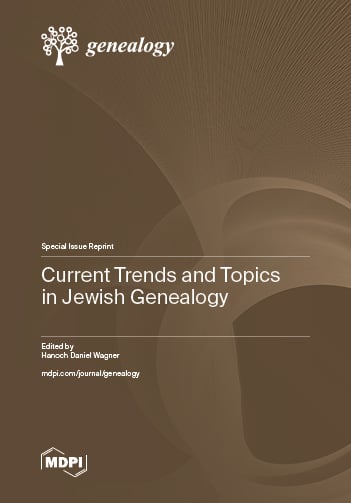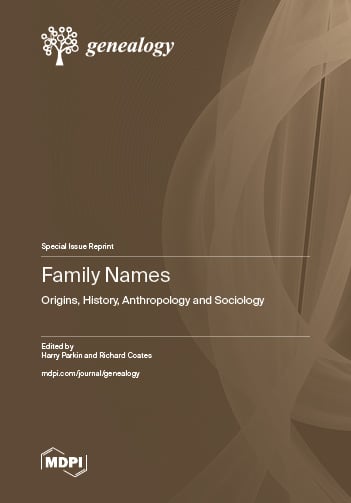- Article
This paper explores racialization as a historical-sociological concept and an ongoing, contemporary material praxis, using a Global Critical Race and Racism (GCRR) framework. Racialization is an ideological and material practice of colonial conquest that requires constant reification and maintenance. This paper examines how racialization and racial practices are positioned within Egyptian state tourism campaigns, through a media content and discourse analysis, as a function of contemporary national-racial identity formation. Histories of colonial archaeology, race science, and the European colonial domination and imagination of Egypt heavily contextualize this analysis. First, the paper outlines how the identity of ancient Egyptians was a racing project fundamental to white supremacy and global race and racism in the eighteenth and nineteenth centuries in ways that are intricately tied to contemporary nationalism, national identity formation, and nation-building in modern Egypt. The focus of this paper is Egypt’s agency in its national identity formation practices, wherein it acknowledges, negotiates, and markets aspects of its racialization that are economically and geopolitically advantageous, specifically within the tourism industry and in relation to Pharaonic Egypt. In this way, Egypt’s racialization is not simply externally imposed; the Egyptian state is engaging with global structures of race and racism by maintaining racial mythologies for Western imaginaries. Egypt’s contemporary national identity formation includes an engagement with its past that negotiates its position within a global hierarchy of nations across the racial-modern world system. This study explores notions of autonomy, acquiescence, and resistance under racialization by examining how nation-states engage with, resist, or leverage racialization.
12 December 2025




